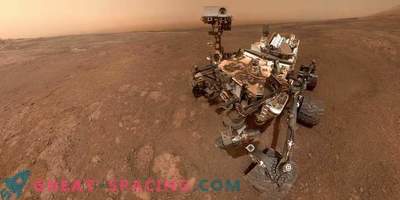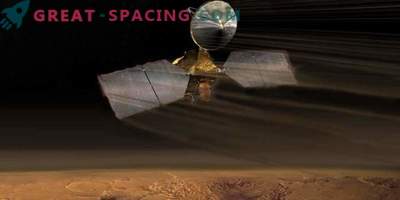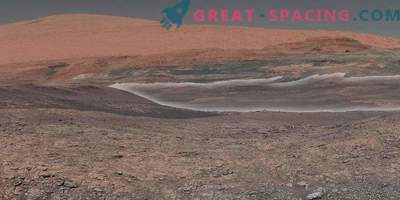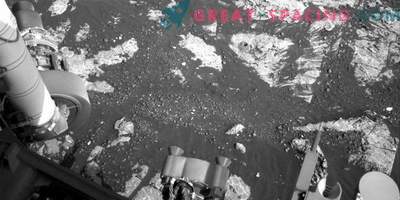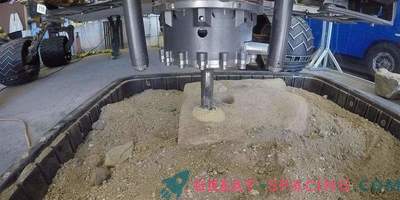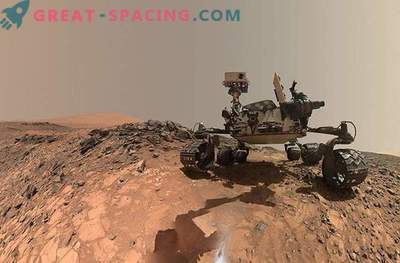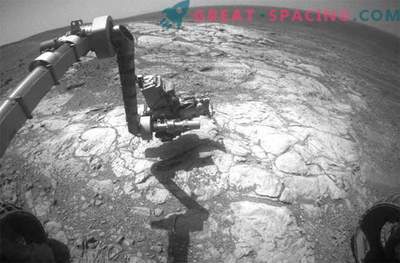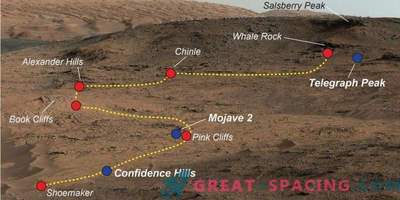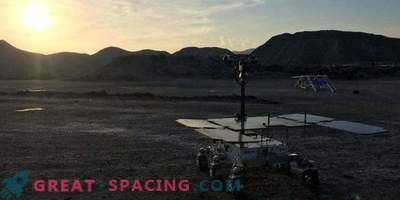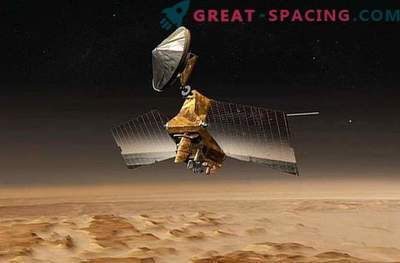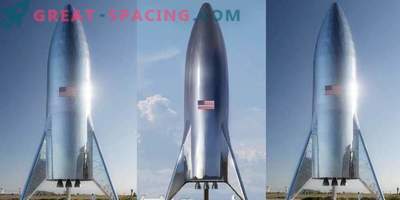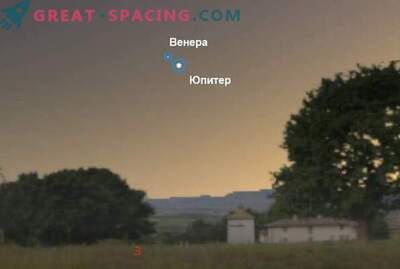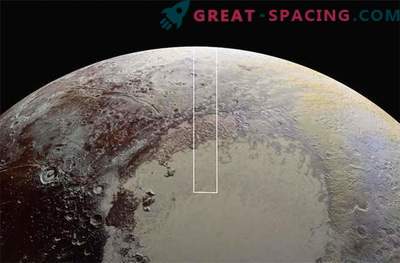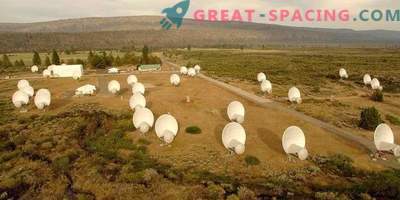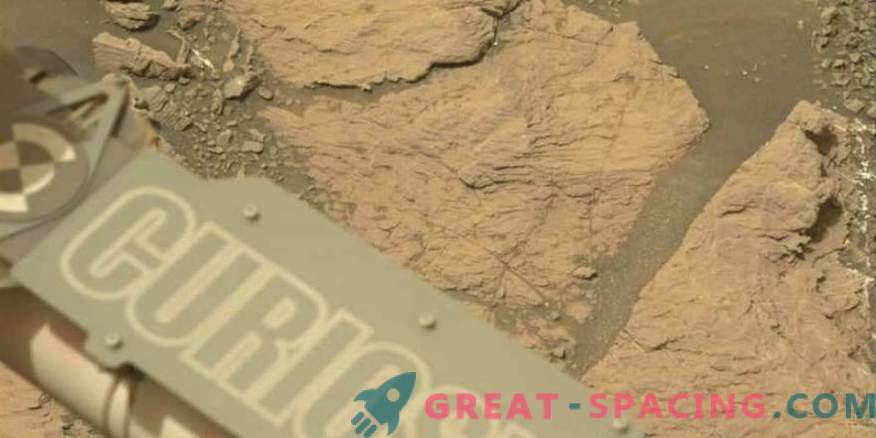
NASA's Martian explorer Curiosity received a snapshot on February 10, 2019. Now the rover is exploring an area of Mount Aeolis, rich in clay minerals.
NASA's Curiosity Rover continues to explore the Martian territories. Since 2014, the rover has climbed Mount Eolid and recently reached a clayey area that could provide new clues about how the ancient Martian environment could support life.
Last Friday, the Curiosity rover ran into a problem when a crash during the bootup interrupted the planned actions and made it turn on the protective safe mode. The device left the mode on February 19 and continued to work normally, successfully booting after that 30 times.
During the weekend, Curiosity sent and received technical information from the team to find the exact source of the problem. While engineers can not name the cause, but continue to explore the issue. The team decided to postpone the scientific operations until they finally deal with the problem. In the short term, they limit commands to minimize changes in computer memory. Now the main thing to try not to destroy the traces that overload the computer.
Curiosity is one of two spacecraft exploring the Martian surface. November 26 on Mars was landing pad InSight. Unfortunately, we lost contact with the Opportunity rover.
Now the Curiosity apparatus is exploring the Glen Torridon region, where clay minerals are already visible from orbit. Such substances are created with the participation of water, so researchers are interested in studying them. Rover was developed specifically for the study of an ancient environment capable of supporting life, where water plays a key role.
While technical issues are being resolved, the research team continues to review the acquired images and data from the new area. Already outlined a potential drilling site, distant from the rover by 200 m.


